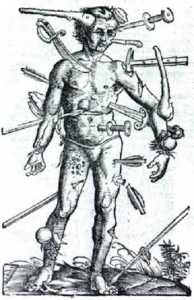 |
Veterinary Anesthesia & Analgesia Support Group |
| Practical Information for the Compassionate Veterinary Practitioner |
|
| HOME |
 |
||
| Analgesia & Pain Management | ||
One of the goals of anesthesia is the control of pain. For far too many years the veterinary profession has considered pain management to be of little consequence, with practitioners citing such outdated aphorisms as “animals feel less pain than humans”, “pain is beneficial because it limits activity” and “analgesia hides clinical deterioration” All of these reasons for not providing adequate analgesia are now known to be false; in fact, the beneficial effects of pain control far outweigh the few adverse effects that may arise from using analgesic drugs. Pain takes a tremendous toll on our patients. Some of the negative conditions associated with pain include V/Q (ventilation/perfusion) abnormalities, increased metabolic demand, tissue catabolism, impaired immune function, increased risk of sepsis, delayed wound healing, prolonged convalescence and cardiovascular stress. Additionally, studies in humans suggest that improperly controlled acute pain may precipitate a chronic pain syndrome that can be very difficult to control. Above all else, we have an ethical obligation to provide humane care to our patients. Pain management doesn’t have to be difficult, time consuming or overly complicated. Many analgesic drugs are available to veterinarians that are safe, easy to use and very cost effective. Providing good analgesia makes practice more enjoyable (and profitable) for us, and definitely improves the quality of our patients’ lives. Dave Thompson |
||
Questions or problems regarding this web site should be directed to DRSTEIN@VASG.ORG . |
||